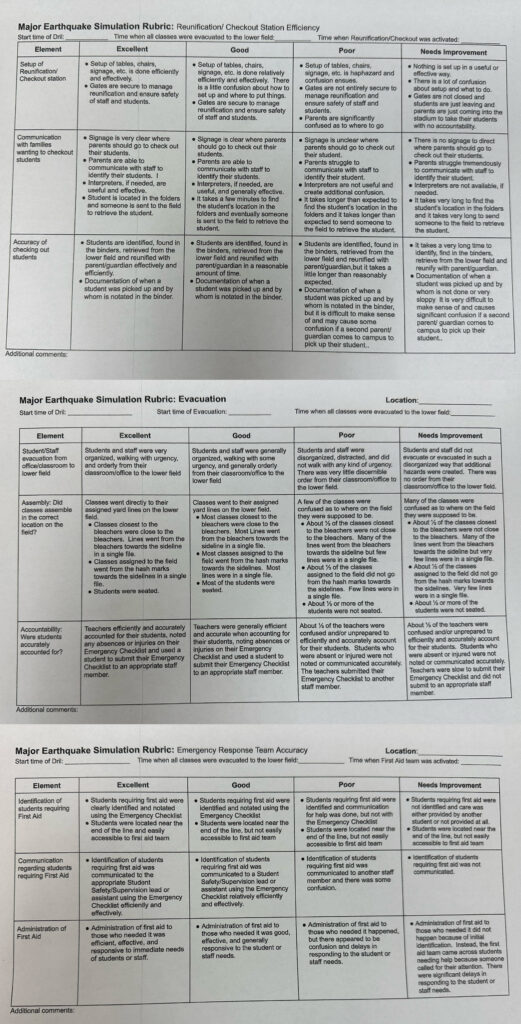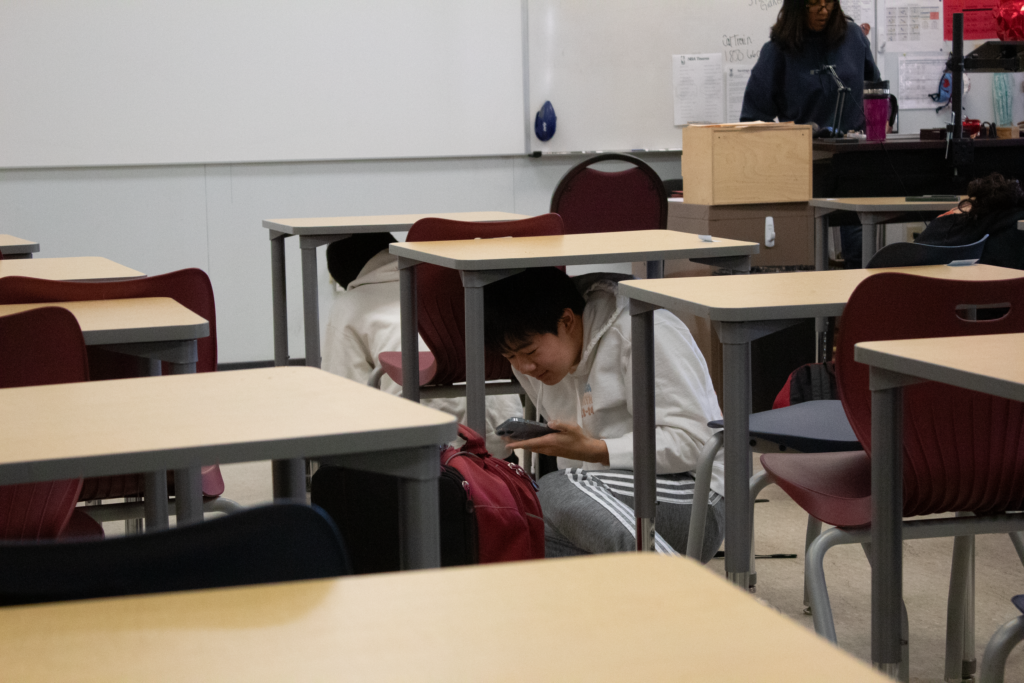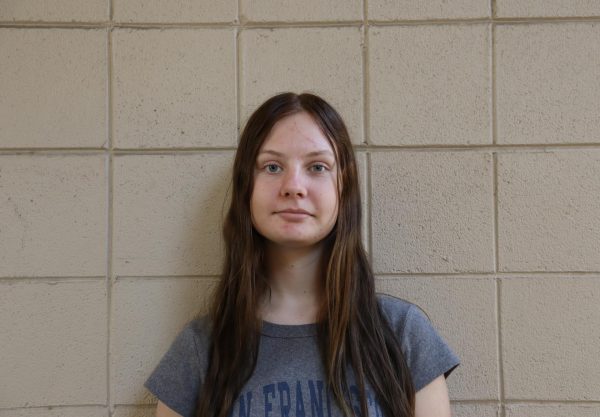Prior to this year, the school’s yearly earthquake drills only simulated “duck and cover” before all classes evacuated to the upper or lower fields; however, an all-school drill during tutorial on March 14 simulated the other effects of an earthquake including an evacuation to the football field, injuries to students, panic attacks and the necessity of parents picking up their children and all classes evacuated to the lower field. These simulations are set to fully replace the regular earthquake drill either yearly in October or twice a year in October and March, principal Greg Louie said.
One day prior to the drill, students were appointed to act injured or speak a language other than English during the drill. Staff were trained to deal with these situations by listing whether they are CPR and first aid certified and what languages they speak.
Parent volunteers were trained to attempt to pick up their students to ensure staff members followed reunification rules. During the drill, parent volunteers assessed staff performance according to a rubric.

Photo by Grace Lin
The rubrics used to assess staff drill response.
Staff were assessed in three categories: evacuation, emergency and response and reunification. According to Louie, feedback was generally positive with room for minor improvement in all three categories.
“We want to make sure that the classes know exactly where they’re supposed to be,” he said. “There was a little confusion in terms of where they should be. We’re also looking to have sign holders that teachers can carry with them and hold up.”
The drill revealed areas for minor additions in safety procedures. According to Louie, staff’s emergency checklists are to be revised with space to track if any injuries occur. Louie also said he hopes to ensure all staff members will in the future be able to wear different vests according to their post-earthquake role.
Though staff followed all proper procedures during the reunification process, Louie noted the process could be optimized.
“We want to just make sure that we have more people who can be able to go get students for us,” Louie said. “We started with only four [teachers in charge of reunification], but there were only 10 parents who came through. If we have only four [teachers] with 500 parents coming through, it will take a lot longer.”
In his five years as principal, this is the first year actual earthquake emergencies have been simulated.
“It always makes me nervous that we don’t necessarily really practice for something that is inevitable at one point,” he said. “Hopefully [an earthquake] doesn’t happen in the next 10 years, but as a school and a community, if we can practice it and it does happen, we’re that much more ready in terms of getting students back to their families.”




























